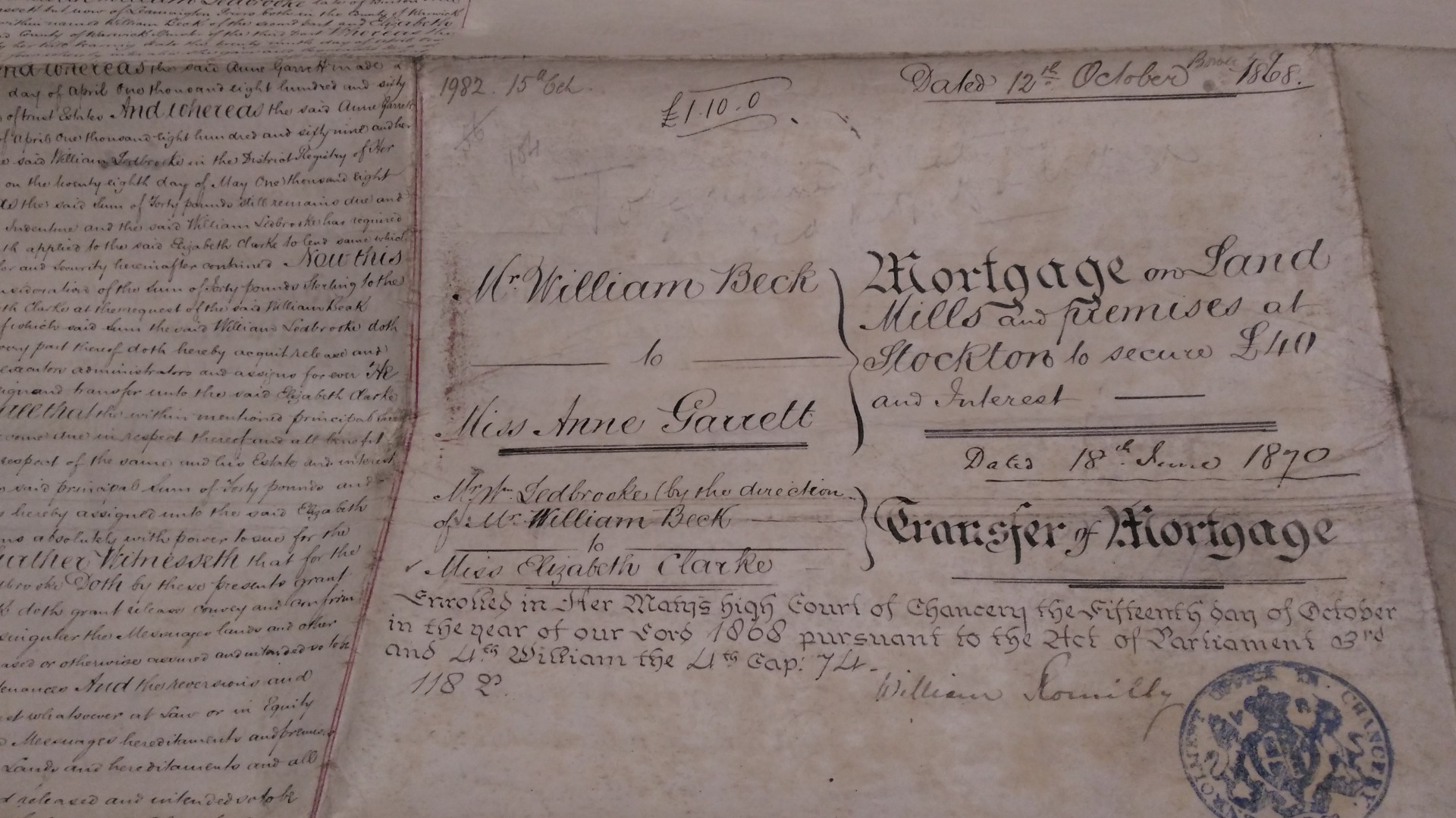Welcome to the National Bread Museum's
(4) LIBRARY & EPHEMERA
Archive of Bread Culture
The National Bread Museum Library
As far as it's known, all historical baking/cooking/food ephemera (cookbooks & other paper items) collections of significant value, which have been donated to institutes, are under lock & key, not available to the general public except by special request & reason. One of the goals of the National Bread Museum is to have as much historical data available to the general public as possible . . . at least visually to expand one's mind that these books & the subject matter exist. Only by exposure to this history, does or will anyone know of it.
Bread Culture Ephemera Archive
(Preserving OUR History) Paper Advertising
There are probably 100s/1000s of "paper" items of Bread Culture history of the 1900s going into the garbage every day as people clean out Mom's or Grandma's house! If you want to join in saving this history beginning now, please set aside a "keeping box" of any size for what you'll be able to collect and donate for this historical preservation project. Some of the best opportunities are having the chance to go through drawers, boxes, closets, attics, etc. of a family or other person's home (& the older the better), & having the opportunity to preserve anything related to the world of Bread Culture: Ag/Grain-Milling-Flour-Bread/Baking. Even current packaging of products have graphics, colors, history, etc. that tell of our times, but the older, the better!
The following are just a minute % of examples of items related to the world of Bread Culture . . . interesting treasures & documentation.
Our Changing Times - - - Ephemera is the term for paper items not meant to have a long "shelf life": pamphlets, booklets, handouts, wrappings for products (very old paper bags for bread, flour, sugar, rice, butter, & more), ads & signs, posters, postcards, magazines, labels (think jars & cans), containers (cereal - rice - grains - crackers - pizza & bakery boxes, snacks, ingredients), what we call "bills" & receipts, carry bags (grocery bags or the old, paper "shopping bag"), and the list goes on. Such collections become historical encyclopedias through time. Keep your eye open for these kinds of items "long gone by the wayside," and you could help contribute to the historical preservation & education endeavor. Here are some more examples:
Human beings, like chickens, thrive best when they scratch for what they get. We believe the financial goal to create the National Bread Museum complex is achievable in a year's time once we get enough donations to complete the legal foundation for a tax exemption (for giving) with an IRS 501 (c)(3). The significance of this component of our country's cultural history needs our preservation. Your help is dearly needed. Will you give toward the first few thousand to achieve this step? It will be greatly appreciated.
This is museum component #4. Continue to Cookbook Culture, or go to:
(1) Bread Museum --- Artifacts for Food Grains --- Home Baking Artifacts
(2) The Baking Mill; (3) Stone Oven Bakery & Eatery;
(5) Tins of Taste Museum & Art-on-Tin Study Center;
(6) Cultural Heritage Center & Immigration Museum;
(7) A Glimpse into the Past; (8) Grandma's Legacy
(9) Archiving Grain History in Omaha
HOME --- RECIPES & BASICS

